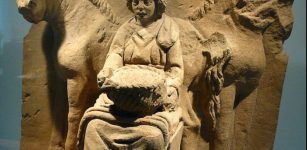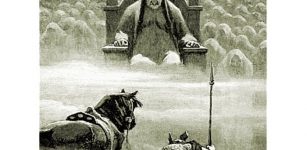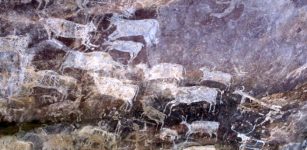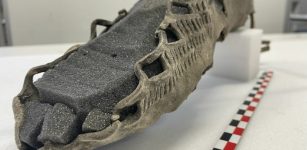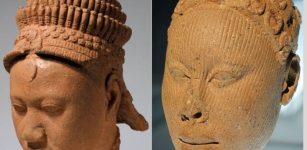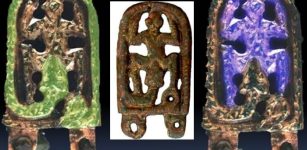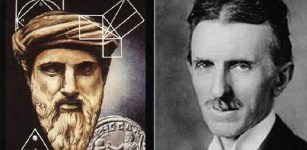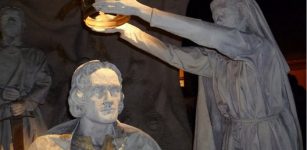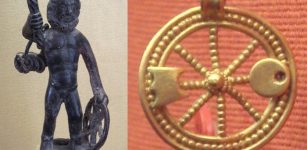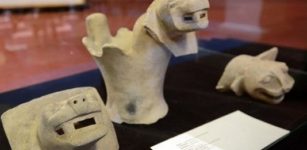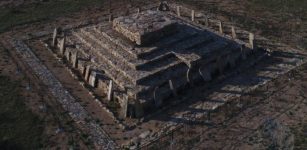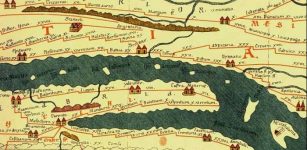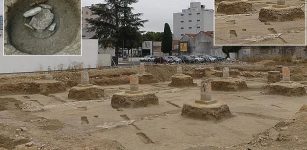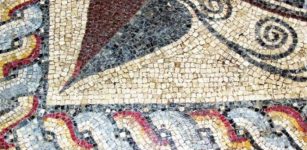Voice Belonging To 3,000-Year-Old Egyptian Mummified Priest – Recreated
Conny Waters - AncientPages.com - Researchers have mimicked the sound of voice belonging to a 3,000-year-old Egyptian mummified priest Nesyamun, by recreating much of its vocal tract.
In this research, the researchers used medical scanners, 3D printing, and an electronic larynx.
 The mummified body of Nesyamun being CT scanned at Leeds General Infirmary. Courtesy of Leeds Museums and Galleries
The mummified body of Nesyamun being CT scanned at Leeds General Infirmary. Courtesy of Leeds Museums and Galleries
The technique allowed to produce a single sound - somewhere between the vowels in 'bed' and 'bad.'
The eerie tone is unlikely to be a precise reflection of the speech of Egyptian priest Nesyamun, whose mummified body the researchers worked with because the tongue has lost much of its bulk over three millennia, reports Daily Sabah.
"We have made a faithful sound for his tract in its current position, but we would not expect an exact speech match given his tongue state," said co-author David M. Howard of London's Royal Holloway College.
The model alone also isn't enough to synthesize whole words or sentences, the authors said, noting that this would require the ability to calculate the audio output from the vocal tract as its shape is being changed.
"But this is something that is being worked on, so it will be possible one day," said Howard.
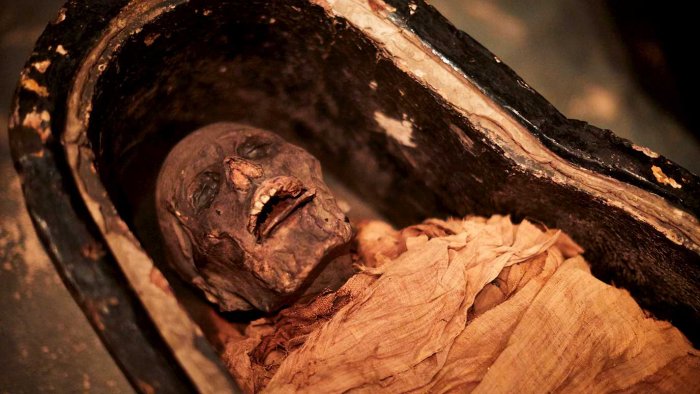 Mummy photograph courtesy of Leeds Museum and Galleries
Mummy photograph courtesy of Leeds Museum and Galleries
However, Rudolf Hagen, an ear, nose and throat expert at the University Hospital in Wuerzburg, Germany, who specializes in thorax reconstruction and wasn't involved in the study, expressed skepticism. Even cutting-edge medicine struggles to give living people without a thorax a "normal" voice, Hagen said.
The priest Nesyamun lived during the politically volatile reign of pharaoh Ramses XI (c.1099–1069 BC) over 3,000 years ago. He worked as a scribe and priest at the state temple of Karnak in Thebes - modern Luxor. His voice was an essential part of his ritual duties which involved spoken as well as sung elements.
Co-author John Schofield, an archaeologist at the University of York, said in a press release that the technique could be used to help people interpret historical heritage.
"When visitors encounter the past, it is usually a visual encounter," said Schofield. "With this voice, we can change that, and make the encounter more multidimensional."
"There is nothing more personal than someone's voice, so we think that hearing a voice from so long ago will be an unforgettable experience, making heritage places like Karnak, Nesyamun's temple, come alive," he said.
Written by Conny Waters - AncientPages.com Staff Writer

